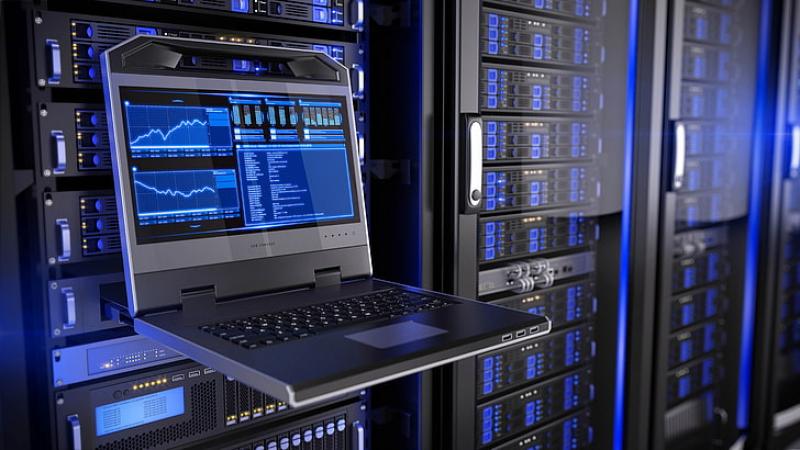
As organizations increasingly rely on networks, online platforms, data and technology, the risks associated with data breaches and privacy violations are more severe than ever. Couple this with the escalating frequency and sophistication of cyber threats and it becomes clear that fortifying cybersecurity defenses has never been more important.
Cybersecurity analysts are on the front lines of this battle, working around the clock in security operations centers (SOCs)—the units that safeguard organizations from cyber threats—to sift through a massive volume of data as they monitor potential security incidents.
They are faced with vast streams of information from disparate sources, ranging from network logs to threat intelligence feeds, trying to prevent the next attack. In short, they are overwhelmed. But too much data has never been a problem for artificial intelligence, so many experts are looking to AI to bolster cybersecurity strategies and ease the strain on analysts.
Stephen Schwab, director of Strategy for USC's Information Sciences Institute's (ISI) Networking and Cybersecurity Division, envisions symbiotic teams of humans and AIs collaborating to improve security, so that AI can assist analysts and improve their overall performance in these high-stakes environments. Schwab and his team have developed testbeds and models to research AI-assisted cybersecurity strategies in smaller systems, such as protecting a social network.
"We're trying to ensure that machine learning processes can ease, but not add to, these worries and lighten the human analyst's workload," he said.
David Balenson, associate director of ISI's Networking and Cybersecurity division, emphasizes the critical role of automation in alleviating the burden on cybersecurity analysts. "SOCs are flooded with alerts that analysts have to analyze rapidly in real-time, and decide which are symptoms of a real incident. That's where AI and automation come into play, spotting trends or patterns of alerts that could be potential incidents," says Balenson.
One promising approach is to leverage AI's ability to analyze vast amounts of data quickly and accurately, identifying potential threats that human analysts might miss. For instance, AI-powered systems can be trained to detect anomalies in network traffic, flagging suspicious activity that warrants further investigation. This not only helps to reduce the noise and false positives that plague traditional security information and event management (SIEM) systems but also enables analysts to focus on high-priority threats.
Another area where AI is showing great promise is in the realm of predictive analytics. By analyzing historical data and threat intelligence feeds, AI algorithms can identify patterns and trends that suggest a high likelihood of a future attack. This enables organizations to take proactive measures, such as patching vulnerabilities or updating security protocols, to prevent the attack from occurring in the first place.
Moreover, AI can also be used to improve incident response times and reduce the mean time to detect (MTTD) and mean time to respond (MTTR). By automating the process of threat detection and response, AI-powered systems can help organizations respond to threats in near real-time, minimizing the damage and reducing the attack surface.
However, as AI becomes more pervasive in cybersecurity, it's crucial to acknowledge the potential risks and challenges associated with its adoption. For instance, AI systems can be vulnerable to bias and manipulation, which can lead to false positives or false negatives. Moreover, the increasing reliance on AI could create new attack vectors, such as AI-powered attacks or data poisoning.
To mitigate these risks, it's essential to develop AI systems that are transparent, explainable, and accountable. This requires a multidisciplinary approach, involving experts from various fields, including computer science, engineering, and social sciences. By developing AI systems that are designed with security and transparency in mind, we can ensure that AI becomes a powerful ally in the fight against cyber threats, rather than a potential liability.
Ultimately, the future of cybersecurity lies in the harmonious integration of human intuition and AI-driven insights. By combining the strengths of both, we can create a more robust and resilient cybersecurity posture, capable of adapting to the ever-evolving threat landscape. As Schwab and Balenson's work demonstrates, the potential benefits of AI-assisted cybersecurity are vast, and it's up to us to harness this potential to create a safer and more secure digital world.